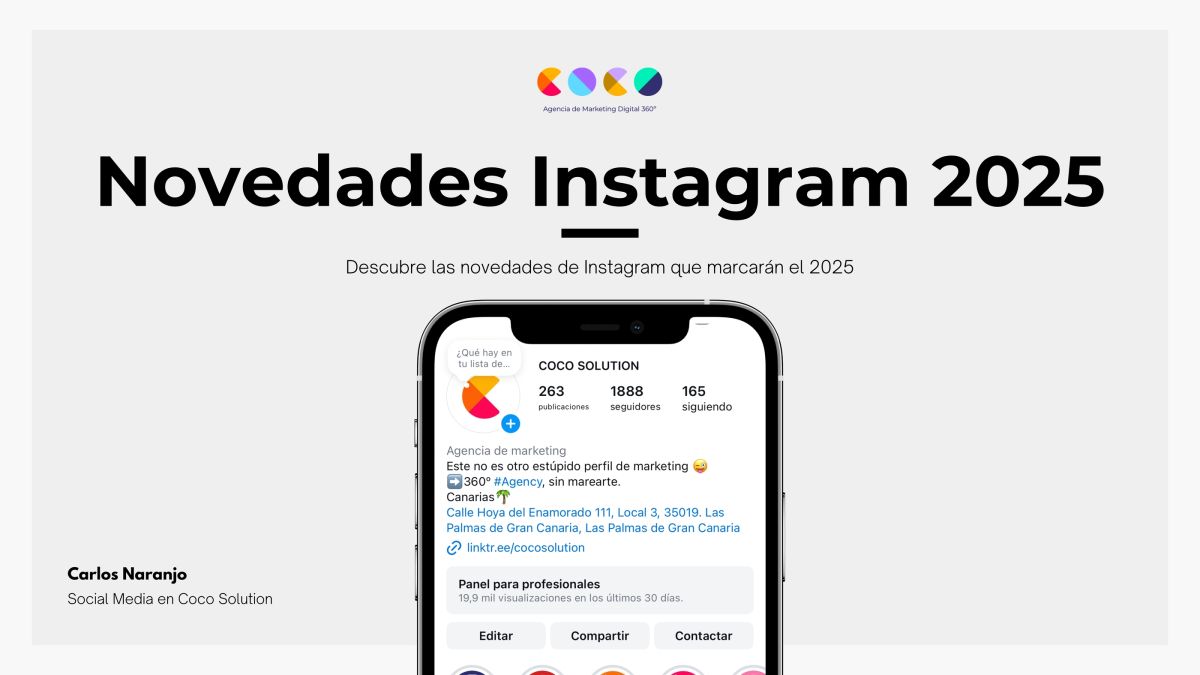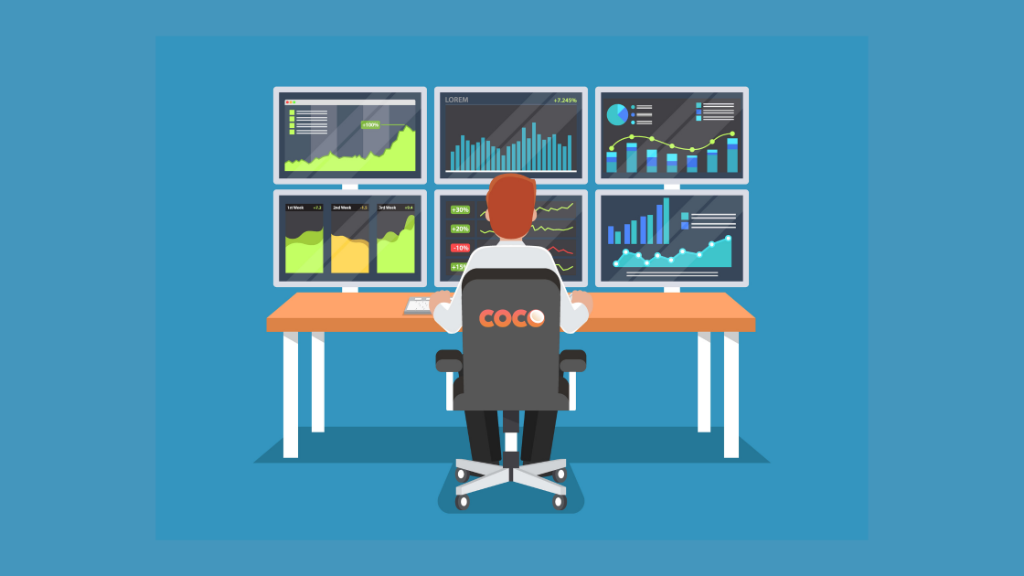Do You Know Any of These Old Social Media Platforms?
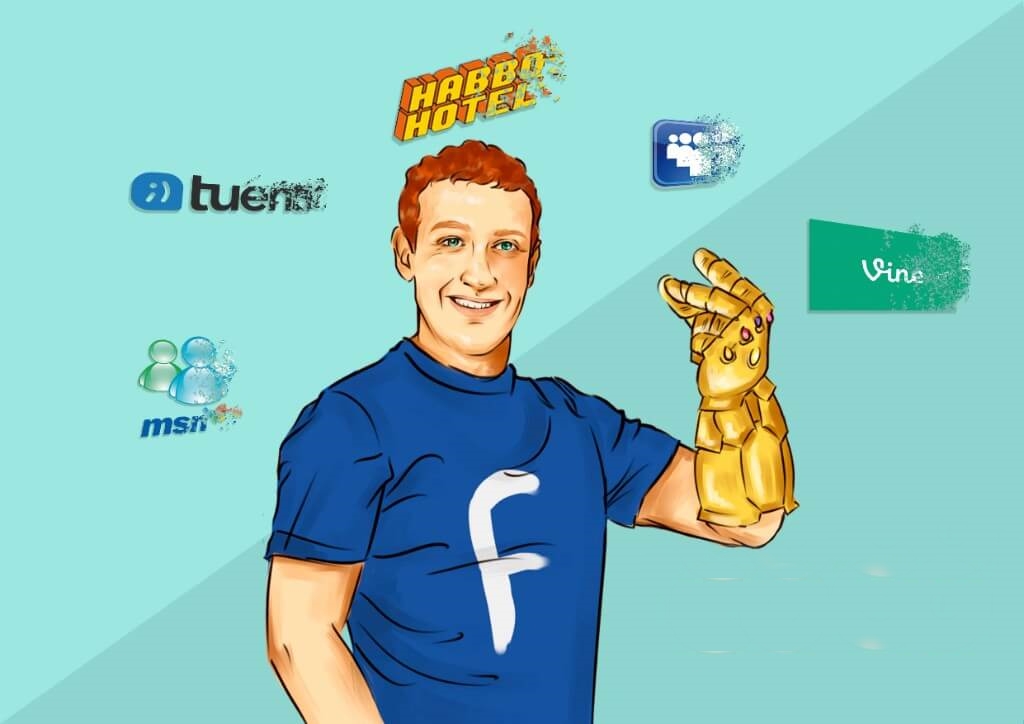
Have you ever thought about old social media platforms? Do you feel nostalgic? In this new Coco Solution’s article from our blog you will probably remember some of the most used social networks years ago.
Obviously, many of them have been vanished from existence by the impact of giants like Facebook, Instagram, LinkedIn or Twitter, among others.
Nowadays, like happened with the Thanos's Snap (also known as The Decimation) which wiped out half of the universe, many of our beloved social networking services shockingly met their demise when they were on the rise.
There was a time when connectivity between people was barely present in our lives, far away in time from smartphones and with Internet connections at 512 kbps or less...
Those wonderful years when the first social networks tried to connect through chat, that incredible invention made it possible for a person in New York to communicate to another person in London in real time.
But what led us here? Which were the social media pioneers that paved the way for our current platforms? Let’s take a look at some of those nostalgia-inducing names and analyze if their influence can still be seen.
5 Old Social Media Platforms That Don’t Exist Anymore
Pardon my French, but Nature is a bitch. All things die. Humans die. Plants die. Stars and planets die. And so, too, do your favorite social media networks become shrouded in that inevitable darkness that descends upon us all.
Okay. So that's a little bit dramatic, but yes, like all things, even our favorite social networks have a lifespan. An app will debut, quietly rise to become the must-have platform, ride the wave of popularity, and eventually fall into decline as we move onto the next big thing.
But just because we find other networks doesn't mean those once-loved platforms are erased from our hearts. Here are 5 social media sites you completely forgot about (and what happened to them in the end).
1. Vine
A social media legend that contributed propel video into the limelight, Vine was another ahead-of-its-time mobile app that helped set the bar for how social media and video could use one another to thrive.
The short-form video app was acquired by Twitter before its official launch and ended up becoming the one of the most downloaded free apps in 2013. Up to that point, it was the most popular video app ever to come out.
But it didn’t last too long. Among old social media platforms, this one was unable to adapt as other rivals (e.g., Snapchat) emerged and adapted. Plus, Twitter’s own business fluttered, which forced Twitter to close it in late 2016.
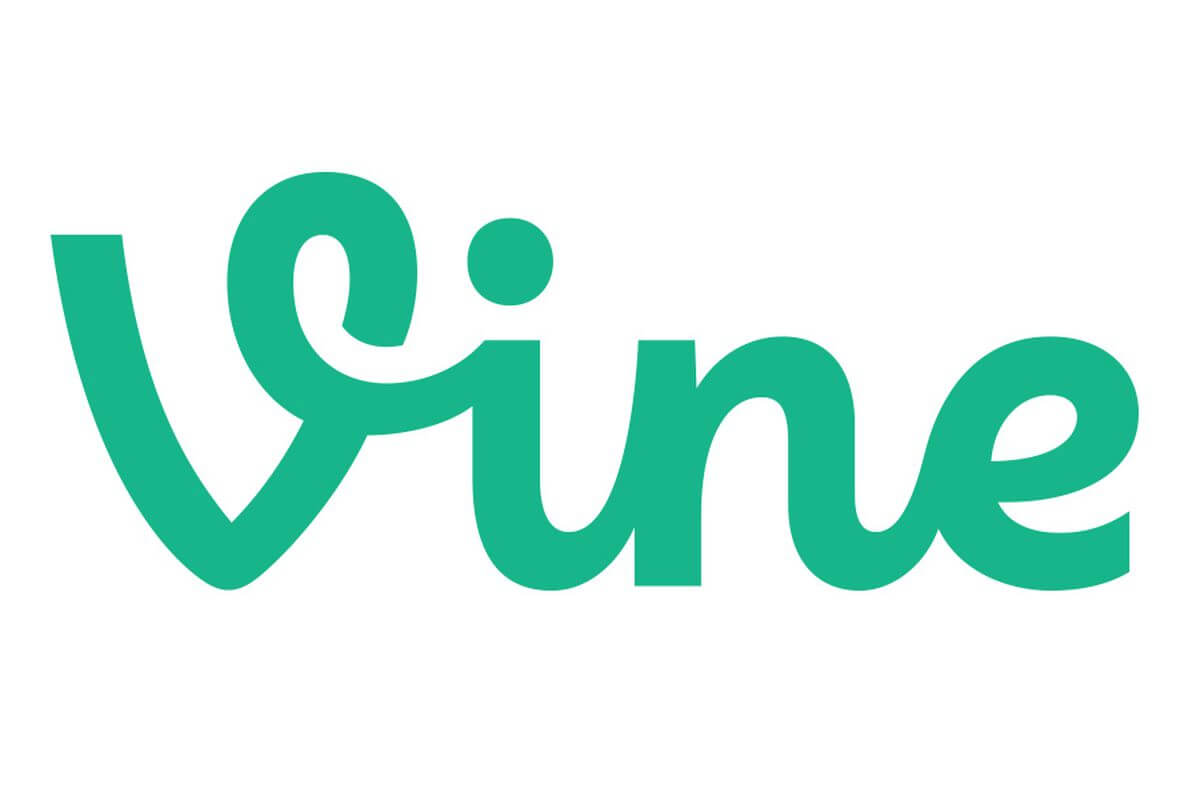
2. Myspace
Extra! Extra! Myspace still exists! It even has a working URL, an office with employees and you can sign up for a new account right now. In the year 2019. But it isn’t the same platform that helped spawn social media across the world.
This is the Myspace that helped shape the digital marketing age of today, catalyzing the success of Facebook even more when it relinquished its title as the most popular social media network to it.
Myspace went from the most visited website in the world in 2006 to losing 10 million unique users in just one month in 2011. It pivoted itself as the leading social network before reinventing itself as a music-focused network for new artists and less “personal business.”
It hasn’t seemed to work since then. What’s even worse? Myspace keeps shooting itself in the foot. And the latest blunder isn’t one to scoff at. Especially since it tells the same story told here: Myspace is dead.

3. Habbo
If today someone talks about old social media platforms, Habbo should be mentioned. This online community is inhabited by pixelated, cartoon-character alter egos that can meet others in public rooms and create private rooms for selected friends.
Habbo employees heavily moderate the site, catering to its solid teen user base. Most of its users are between the age group of 13-18 years. This social network is very popular in many countries around the globe.

4. Fotolog
Fotolog was devised in 2002 with the purpose of being the online platform for professionals and photography lovers all over the world, through sharing their work and forming a community.
The main goal was to focus on prime quality content, as it only allowed the publishing of only one photo per day with a short description, a condition that affected the social media business model.
Influential artists careers (unknown at that time) were launched, friendships were established and relationships that remain today started. Plus, we can assume that it was when it emerged for the first time the influencer role.
From a platform with 5 million users in 2006, it rose to more than 33 million in 2013. Unluckily, this user growth didn’t result in enough profits to support the maintenance of the project.
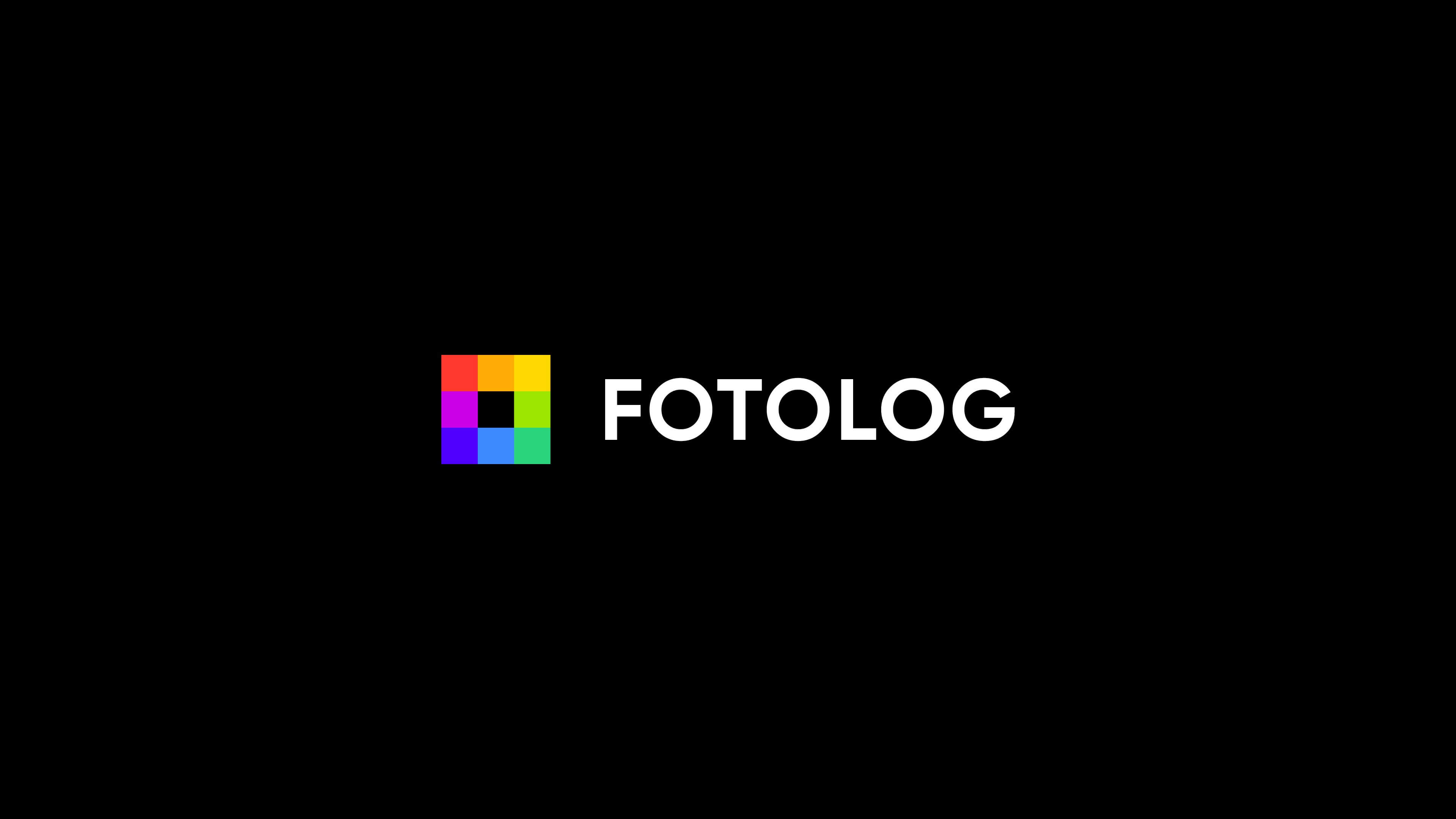
5. Messenger
RIP to one of the most used old social media platforms. Though the messaging platform currently has relatively few users, its official closure marks the end of an era, of sorts, for many millennials who came of age while chatting on Messenger.
Messenger heralded a new era when chatting no longer meant the terrifying the torture of ringing the landline number of their newest crush —knowing there was a high probability that dad would pick up.

Conclusion
There is a sizable and vocal contingent of web users that —through nostalgia or otherwise— wants to see a return to the pared down, strict functionality of the earliest social networks.
It’s unclear whether a throwback platform such as these would have any real staying power in a way would threaten the current ones.
In any case, the history and evolution of social networks indicates that the platforms mentioned above will continue to see their early innovations live on in the influence and growth of the newcomers.
With all the current varied social media options from websites to mobile apps, there could be some untapped tools out there for your growing business, beyond the usual suspects.
Probably, many of these old social media platforms will likely have little or no value to you. But if you are looking for some new and innovative options or a new audience to connect with, it might pay to have a look.







